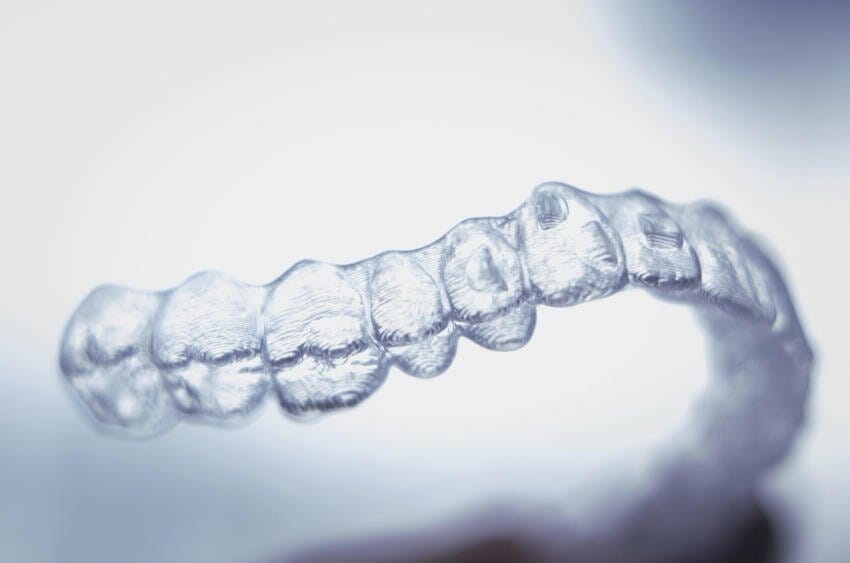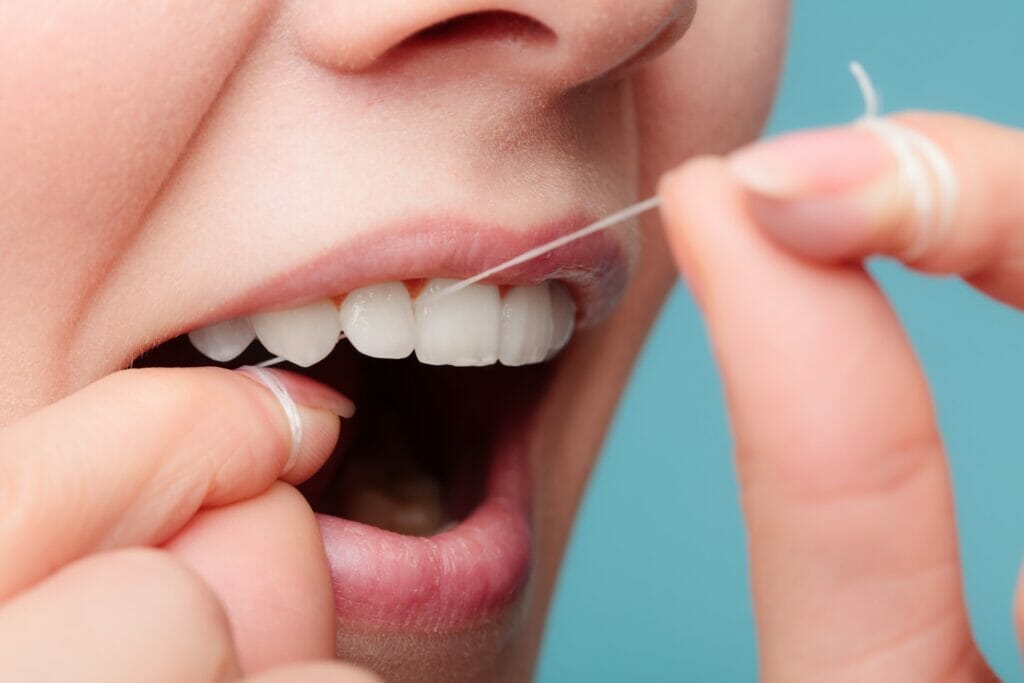
This is one of the most common questions that I get at my office. Many adult patients want to pursue a smile they can be proud of. I saw a patient last week who, after finishing Invisalign treatment, told me: "I never used to smile in photos and now I have a huge smile on my face all the time". That's pretty powerful stuff.
Orthodontic alignment is one of the most expensive treatments you can pursue in Dentistry. However, in terms of patient satisfaction and value, it is certainly money well spent. I have yet to encounter a patient who wasn't elated about their final result. I ask every patient, "was it worth the time and treatment cost?" and they always say "yes". Of all my adult patients who pursue orthodontic treatment, 95% or greater choose Invisalign over metal braces.
Now, before I get to our focus question, I'll tell you one thing. I am a Family Dentist that focuses mainly on function. What I mean by this is that, I don't initiate conversations with patients about how their teeth look. I don't suggest they pursue a whiter smile. And, I don't talk to them about having straighter teeth. If any of those things improved their function and health, then I'd certainly be open to bringing them up. But, generally, esthetic treatments don't improve function and health. They make some patients feel better by improving how they feel when smiling. But, that's a personal thing and it's up to them to bring it up with me. It's not my place to make anybody feel self-conscious.
So, when I tell you that my patients love the results they get with Invisalign it is not to sell you straight teeth. I only want patients to straighten their teeth if it's really important to them. You should only pay for treatment that makes you healthier, helps you to function better, or if it helps you to get the smile you want.
Now, I'll get back to the initial question "can I get Invisalign at my age?". Teeth can be moved around to achieve a straight and attractive alignment at any age. I have 40 year old patients who enjoy wonderful results. In fact, I have two patients over 80 years of age who completed Invisalign treatment and achieved a perfect smile. So, there is no question that Invisalign Orthodontics can work for anybody at any age.
Now, there are some advantages to pursuing orthodontic alignment at an early age. When most kids and teens receive orthodontic treatment (typically between 11 and 16 years of age), the jaws and skeleton are still growing. Thus, a treating Orthodontist or Dentist can use appliances to modify jaw growth (coupled with tooth movement) to achieve great results. For a patient with a moderate to severe underbite or overjet, manipulating jaw growth can make a world of difference. For adults, however, there is no way to modify jaw growth. This is one of few disadvantages to pursuing alignment as an adult. But, again, tooth alignment is possible at any age. And, I would argue that there are multiple advantages to pursuing Invisalign at a later age.
There are 2 major advantages to later orthodontic treatment:

Diligence. Invisalign is a removable alignment system that needs to be in the mouth 22 hours/day. You need to wear the aligners while you sleep. This requirement means you can only remove aligners to eat meals, clean your teeth and re-insert. Metal braces are bonded to your teeth and so "compliance" is definite. With Invisalign, your patient needs to be diligent in following the prescribed routine. Guess what? Adults are far more likely to stick to the routine compared to teens.

Hygiene & Home Care. Patients have to "raise the bar" to maintain healthy teeth during orthodontic treatment. While Invisalign makes this easier compared to metal braces, a sound commitment to oral hygiene is still needed. Invisalign requires bonded white "buttons" on your teeth during treatment (the buttons enable the aligners to grip your teeth). Plaque accumulates around these buttons the same way it accumulates around metal brace brackets in the traditional orthodontic system. Many teens find it challenging to maintain enhanced hygiene efforts through treatment. The result is that many of them have visible white spot demineralization areas on their teeth post-treatment. In contrast, the majority of adult Invisalign patients meet the challenge and avoid these white spot lesions that can result from improper plaque removal.
If you would like to discuss Invisalign or traditional orthodontic treatment with Dr. Kyle Hornby, please call us at (519) 576-8160 or request a consult here.
This article is intended to promote understanding of and knowledge about general oral health topics. It is not intended to be a substitute for professional advice, diagnosis or treatment. Always seek the advice of your Kitchener Dentist or other qualified healthcare provider with any questions you may have regarding a dental condition or treatment.
For more information on Invisalign Orthodontics, please read this helpful article.
Services
Routine Dentistry & Tooth Repair
Oral Surgery & Tooth Removal
Prosthetic Dentistry & Tooth Replacement
Protective/Preventive Services
Teeth Whitening
Schedule an Appointment Now
